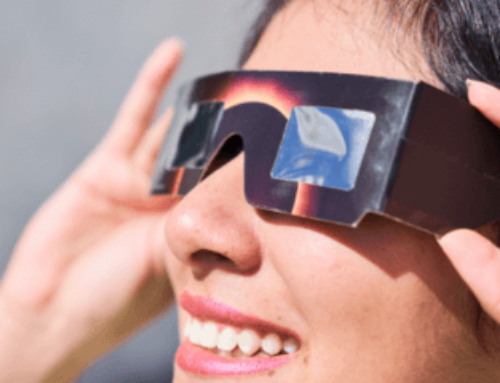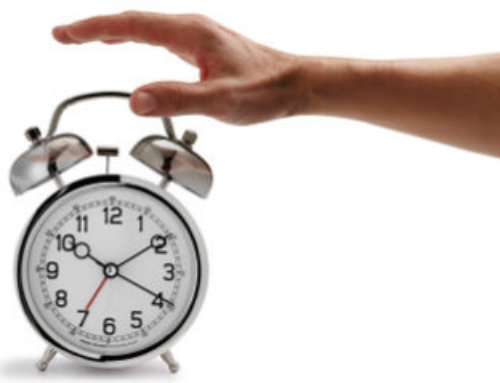EMBARGOED FOR RELEASE: 12:01 a.m. EDT, June 13, 2012
CONTACT: Doug Dusik, 630-737-9700, ext. 9364, ddusik@aasm.org
DARIEN, IL – When violence shatters a child’s world, the torment can continue into their sleep, according to researchers in Cleveland. The impact is measurable and affected by the severity of the violence, and the effects can last over time.
The study, being presented today at SLEEP 2012, shows how the severity of a violent event affects a child’s quality and quantity of sleep. The more severe the violence, the more sleep is impacted. Trouble with nightmares and insomnia have long been associated with exposure to violence, but the Cleveland study found that characteristics of the violent act touch different aspects of the child’s sleep.
For example, children who are victimized during a violent event tend to sleep less and more poorly than children who witnessed a violent event but were not victimized. Children who witness homicide have more inconsistent sleep as time passes since the violent event occurred.
“Violence permeates our society, and this work is showing that experiencing even a single violent event as a victim or as a witness may influence sleep behavior in different ways, which in turn may negatively affect a child’s health and functioning,” said James Spilsbury, PhD, the study’s principal investigator.
Children who do not get enough sleep are prone to development and behavior problems. Poor sleep also has been linked to a number of serious health risks, including high blood pressure, heart disease, stroke, depression, diabetes, obesity and accidents.
Spilsbury and colleagues at Case Western Reserve University and the Cleveland Clinic Multidisciplinary Research Training Program measured the sleep of 46 children, ages 8 to 16, who were participating in a social service program for children exposed to violence. Ethnicity was mixed, but the children were largely disadvantaged and living in urban settings.
Sleep data were collected for seven days by actigraphy, a monitoring method that uses a patient-worn sensor to measure activity during the day and at night. Follow-up was conducted three months later. In analyzing the results, Spilsbury and associates controlled for such factors as age, sex, family income and exposure to violence in the previous year.
“Even after controlling for the possible effects of exposure to violence in the previous year, we saw that the severity of the more recent event had a measurable, negative influence on a child’s quantity and quality of sleep,” Spilsbury said.
The abstract “Association between exposure to violence and objectively measured sleep characteristics: a pilot longitudinal study” is being presented today at SLEEP 2012, the 26th annual meeting of the Associated Professional Sleep Societies in Boston. To be placed on the mailing list for SLEEP 2012 press releases or to register for SLEEP 2012 press credentials, contact AASM PR Coordinator Doug Dusik at 630-737-9700 ext. 9364, or at ddusik@aasm.org.
A joint venture of the American Academy of Sleep Medicine and the Sleep Research Society, the annual SLEEP meeting brings together an international body of more than 5,500 leading clinicians and scientists in the fields of sleep medicine and sleep research. At SLEEP 2012 (www.sleepmeeting.org), more than 1,300 research abstract presentations will showcase new findings that contribute to the understanding of sleep and the effective diagnosis and treatment of sleep disorders such as insomnia, narcolepsy and sleep apnea.
Follow @aasmorg on Twitter for live updates and use the official hashtag #SLEEP2012 to see what attendees are saying. “Like” the American Academy of Sleep Medicine on Facebook at Facebook.com/sleepmedicine for photos, videos and more.








